If you’d also like to receive Acupressure Therapy sessions, it's recommended to find someone who’s certified as an Acupressure Therapist or Asian Bodywork practitioner. Here’s a link for the AOBTA, the American Organization for Bodywork Therapies of Asia, where you can find a certified practitioner —
https://aobta.org/On the top menu of the AOBTA homepage click on the "Find" dropdown and then choose "Find Asian Bodywork Therapist" for the
Practitioner Directory, where you can search by location and type of practitioner. If you can’t find a practitioner, or can’t afford to pay, just ask a friend or follow the self-care directions above.
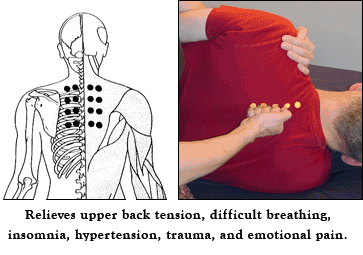
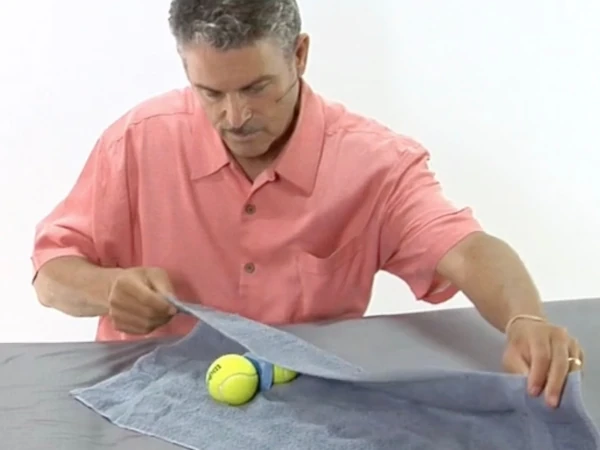
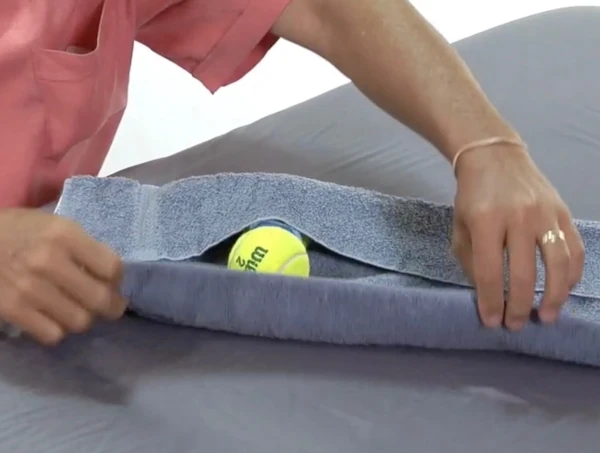
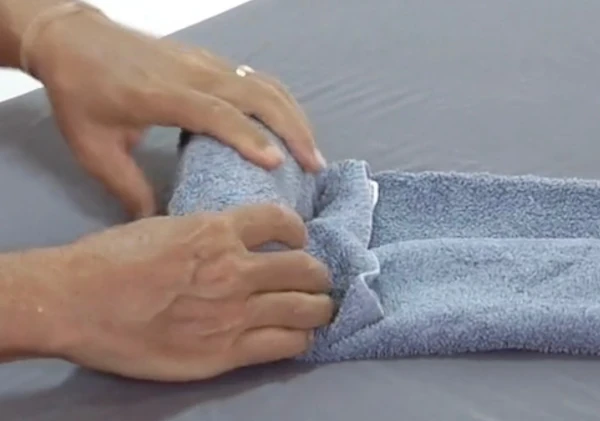
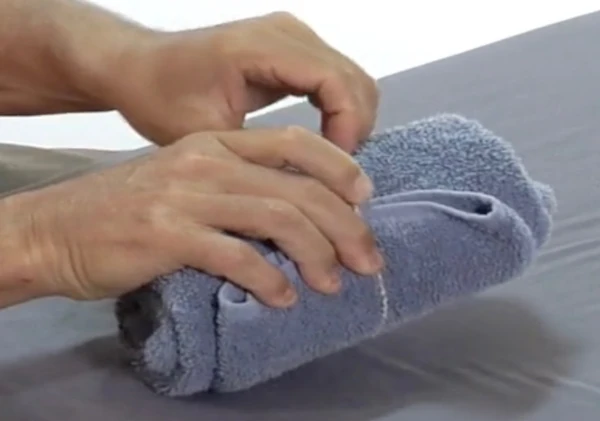
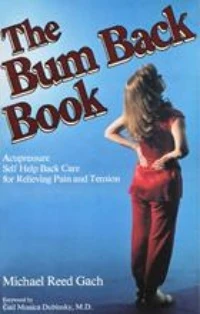 eBook Details
eBook Details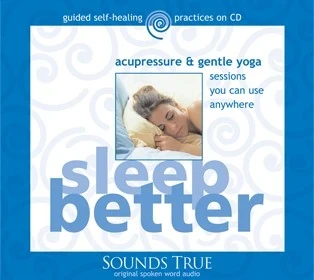 Audio Details
Audio Details Printed Book • eBook
Printed Book • eBook